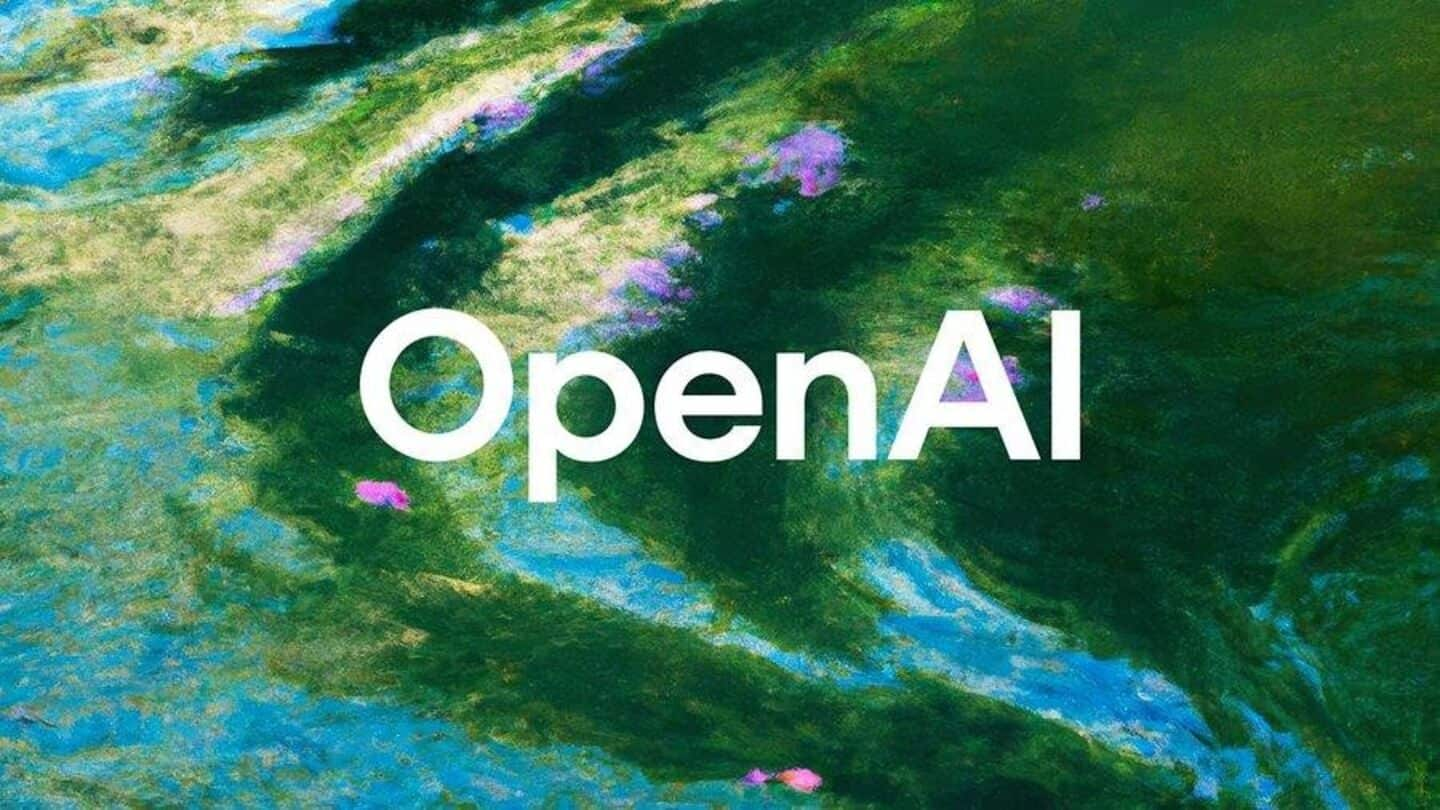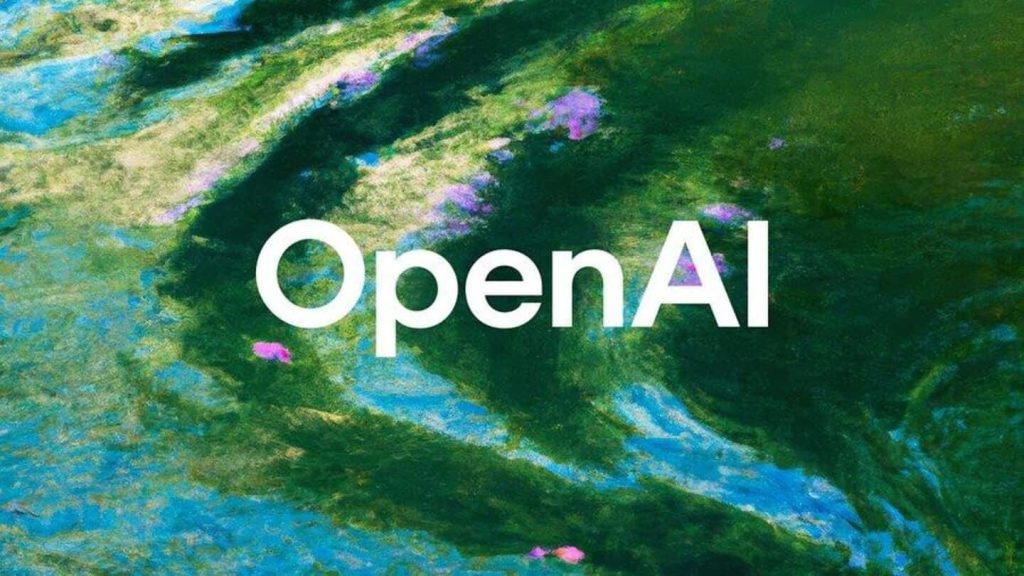
What’s the story
OpenAI has announced yet another delay in the launch of its much-anticipated open model.
The update came from CEO Sam Altman on Friday, who said that the release, originally scheduled for next week, has been pushed back indefinitely.
The move follows a previous delay earlier this summer and is intended to allow for additional safety testing and a review of high-risk areas.
Importance of additional safety tests and reviews
In his post on X, Altman said, “We need time to run additional safety tests and review high-risk areas. We are not yet sure how long it will take us.”
The CEO also highlighted that once the model’s weights are released, they can’t be pulled back.
“While we trust the community will build great things with this model, once weights are out, they can’t be pulled back,” he said, underscoring the gravity of this launch.
Take a look at Altman’s post
we planned to launch our open-weight model next week.
we are delaying it; we need time to run additional safety tests and review high-risk areas. we are not yet sure how long it will take us.
while we trust the community will build great things with this model, once weights are…
— Sam Altman (@sama) July 12, 2025
Developers will have to wait longer for this open model
The open model’s release is a major event in the AI industry, especially considering that it will be available for developers to download for free and run locally.
This move is part of OpenAI’s strategy to demonstrate its position as a leading AI lab in Silicon Valley, despite stiff competition from xAI, Google DeepMind, and Anthropic.
The delay means developers will have to wait longer for the first open model from OpenAI in years.
Moonshot AI’s Kimi K2 model adds to competition
The open model is expected to match the reasoning capabilities of OpenAI’s o-series models and be top-notch compared to other open models.
However, the delay comes as Chinese AI start-up Moonshot AI has launched Kimi K2, a one trillion parameter open AI model that beats OpenAI’s GPT-4.1 on several agentic-coding benchmarks.
This development makes the race for top-tier open AI models even more competitive.
We think we need some more time: OpenAI’s VP
Aidan Clark, OpenAI’s VP of research leading the open model team, said in a post on X that while they think the model is phenomenal, their standards for an open-source model are high.
He added, “We think we need some more time to make sure we’re releasing a model we’re proud of along every axis.”
This statement further emphasizes the company’s commitment to quality and safety in its AI models.

